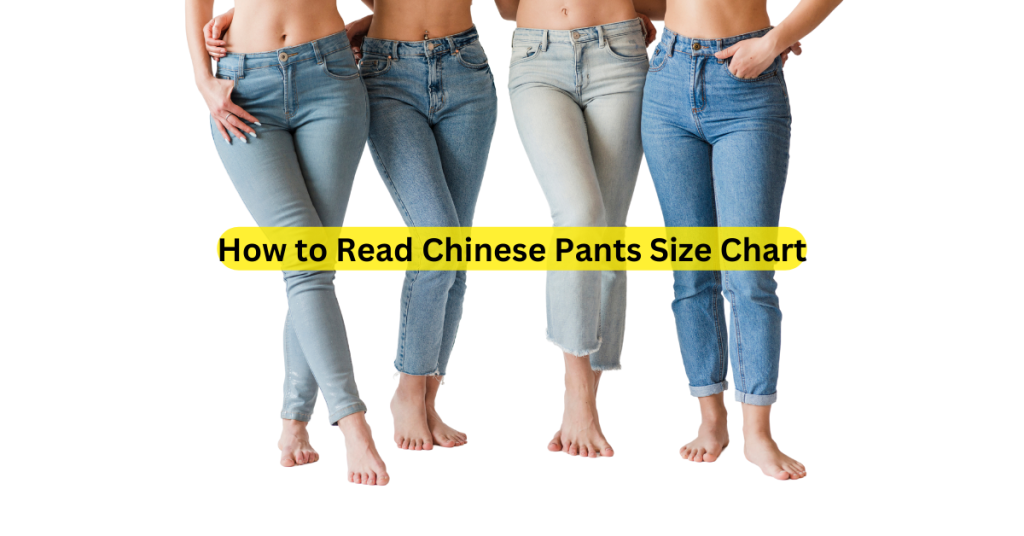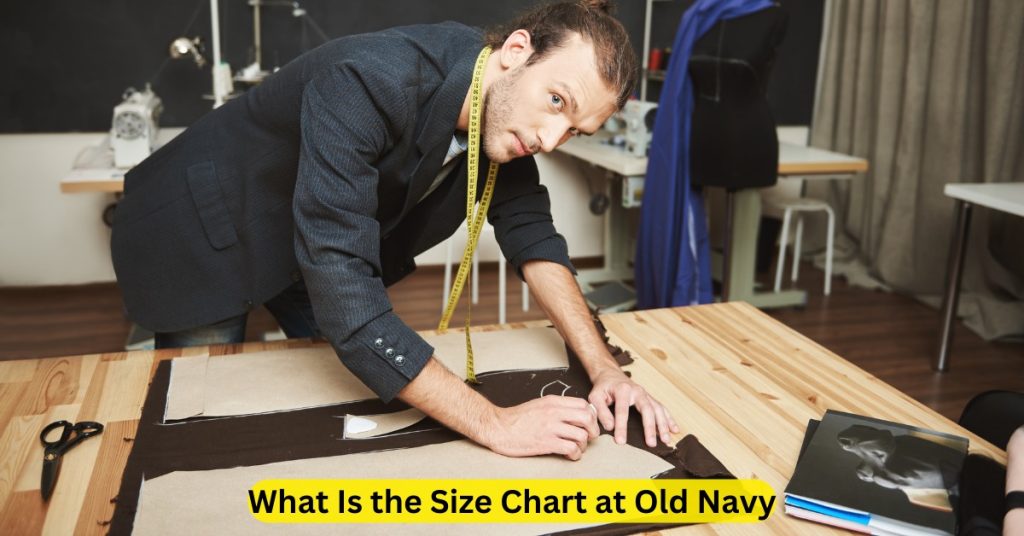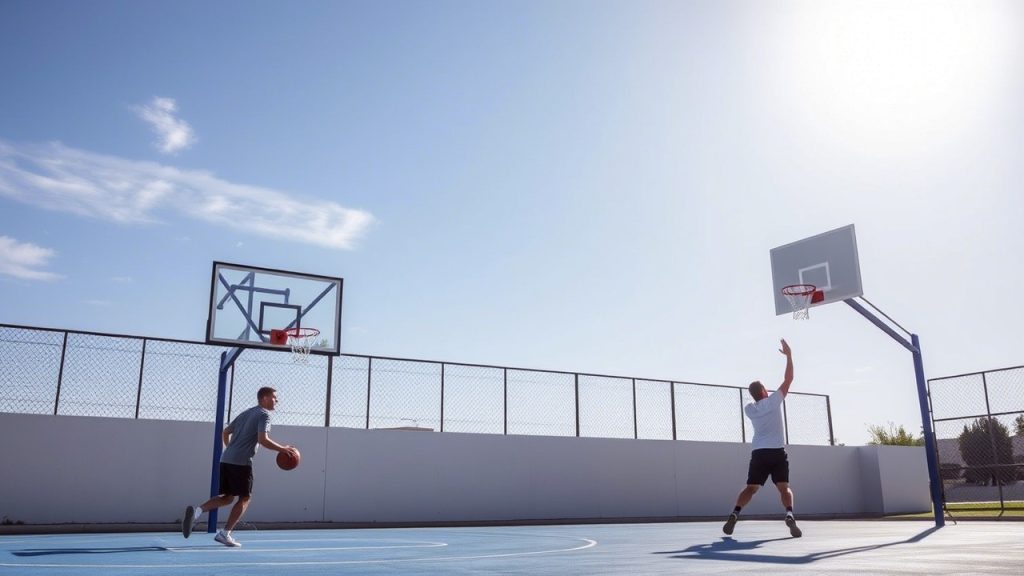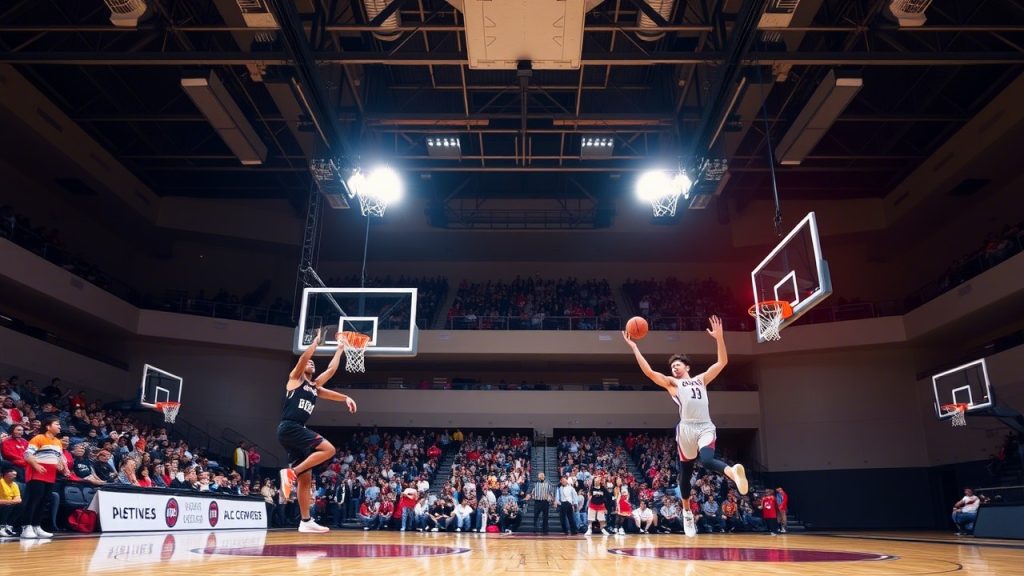9 Best Ski Boot Size Chart Ideas to Enhance Skiing Experience
Skiing is one of the most thrilling and rewarding winter sports, offering adrenaline-filled runs down snowy slopes. However, even the most experienced skier can encounter discomfort or frustration if their ski boots are ill-fitting. Properly sized boots are essential for maximizing both performance and comfort on the mountain. Without the right fit, you risk blisters, reduced control, and even potential injury.
This is where understanding ski boot sizing comes into play. Ski boots come in various shapes, sizes, and flex ratings, all of which affect your overall skiing experience. We’ll cover nine best ski boot size chart ideas that will help enhance your skiing experience. We’ll discuss how to choose the right boot size and fit, as well as how to prevent common boot-related issues. Additionally, we’ll provide a handy FAQ section to answer any common concerns about ski boot sizing.
Why Proper Ski Boot Size Matters
Before diving into size charts, let’s discuss why proper ski boot size is so crucial. When you’re skiing, your boots are the connection between your body and your skis. A good fit ensures optimal comfort, control, and performance on the slopes. Poorly fitting boots, on the other hand, can lead to:
- Discomfort: Tight or loose boots can cause discomfort, which affects your ability to ski well.
- Blisters: Improper fit can cause friction, leading to blisters on your feet.
- Reduced Control: Too much space in the boots can reduce your ability to control your skis, while boots that are too tight can restrict movement.
- Injuries: Ill-fitting boots can increase your risk of falls and injuries due to lack of control or foot fatigue.
Let’s now take a look at nine ski boot size chart ideas to help you find the right fit for the ultimate skiing experience.
1. Mondo Point Sizing System
The Mondo Point system is the most widely used sizing system for ski boots. This system measures the length of your foot in centimeters. It’s important to note that ski boots fit snugly by design, so your size may feel slightly tight when you first try them on. However, they should not cause pain.
Mondo Point Size Chart:
| Mondo Point Size | Foot Length (cm) | U.S. Men’s Size | U.S. Women’s Size |
|---|---|---|---|
| 22.0 | 22.0 cm | 5 | 6 |
| 23.0 | 23.0 cm | 6 | 7 |
| 24.0 | 24.0 cm | 7 | 8 |
| 25.0 | 25.0 cm | 8 | 9 |
| 26.0 | 26.0 cm | 9 | 10 |
| 27.0 | 27.0 cm | 10 | 11 |
| 28.0 | 28.0 cm | 11 | 12 |
| 29.0 | 29.0 cm | 12 | 13 |
How to Use: To find your Mondo Point size, simply measure the length of your foot in centimeters and match it to the chart. It’s essential to measure both feet, as one foot may be slightly larger than the other. Always size based on the larger foot.
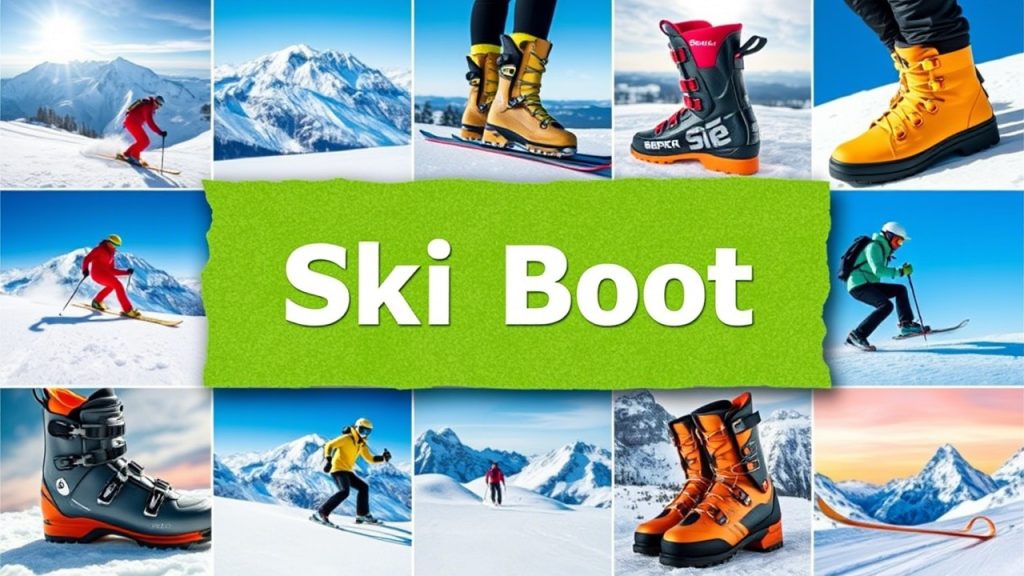
2. Ski Boot Width (Last) Chart
In addition to the length of your foot, the width of your foot plays a crucial role in determining the fit of your ski boots. Ski boots are available in different widths, and choosing the right one will help avoid discomfort and blisters.
Ski boot widths are generally measured at the forefoot. Ski boots usually come in narrow, medium, and wide widths, which are referred to as the “last” of the boot.
Ski Boot Width Chart:
| Boot Width | Foot Shape | Ideal For |
|---|---|---|
| Narrow (97-98mm) | Narrow feet | People with slim feet and narrow arches |
| Medium (100mm) | Average foot width | Most common fit for average feet |
| Wide (102-104mm) | Wide feet | People with wide or flat feet |
How to Choose: If you have a narrow foot, opt for a narrow last. Conversely, if you have wide feet or a high arch, you should look for boots with a wider last. A good fit in the width will reduce discomfort and prevent blisters caused by foot sliding or excessive pressure.
3. Boot Flex Rating Chart
Boot flex refers to how stiff or soft the boot is. Ski boots come in a range of flex ratings, which are essential for controlling your ski movements. Skiers of different abilities require different flex ratings for comfort and performance. A boot that is too stiff can restrict movement, while a boot that is too soft can hinder control.
Flex Rating Chart:
| Flex Rating | Skiing Style | Ideal Skier Level |
|---|---|---|
| 50-70 | Soft and flexible | Beginners, light skiers |
| 70-90 | Medium flex | Intermediate skiers |
| 90-110 | Stiff and responsive | Advanced skiers |
| 110-130 | Very stiff | Expert or professional skiers |
How to Choose: Beginners should choose a lower flex rating for comfort and ease of movement, while advanced skiers may prefer a higher flex rating for maximum control and responsiveness. Your choice of flex will depend on your skill level, skiing style, and the terrain you prefer.
4. High, Medium, and Low Volume Boots
Ski boot volume refers to the amount of internal space available inside the boot. Choosing the right boot volume for your foot is essential in achieving a comfortable and secure fit. Ski boots come in three main volumes: high, medium, and low.
Boot Volume Chart:
| Volume Type | Ideal For |
|---|---|
| Low Volume | Narrow feet, low arches |
| Medium Volume | Standard feet or medium arches |
| High Volume | Wide feet, high arches, or thicker calves |
How to Choose: If your feet have a high arch or are particularly wide, choose boots with a higher volume. If you have narrow feet, look for boots with low volume to ensure a snug fit. A well-fitting boot volume can minimize foot movement and reduce the chances of blisters.
5. Custom Footbeds and Heat-Moldable Liners
While ski boots come with standard footbeds, many skiers choose custom footbeds or heat-moldable liners for a personalized fit. Custom footbeds provide extra arch support and cushioning, while heat-moldable liners mold to the shape of your foot, providing a custom fit and minimizing friction points.
Footbed and Liner Chart:
| Type | Ideal For |
|---|---|
| Custom Footbed | Personalized support for flat or high arches |
| Standard Footbed | Average arch support |
| Heat-Moldable | Skiers looking for a custom fit |
How to Choose: If you have foot problems such as flat feet or high arches, a custom footbed can provide the necessary support. Heat-moldable liners are ideal for skiers who want to improve the comfort and fit of their boots.

6. Ski Boot Sizing Adjustments
Even after selecting the right size and width, small adjustments can be made to ensure a perfect fit. Many ski boots offer features that allow you to tweak the fit, such as adjustable cuffs, canting, and power straps.
- Cuff alignment: Adjust the cuff of the boot to match your calf shape.
- Canting: This feature allows you to adjust the angle of the boot to suit your leg position, preventing discomfort and improving alignment.
- Power straps: These help tighten the boot around the top of the calf, providing extra support.
How to Choose: A professional boot fitter can assist in making these adjustments to ensure your boots fit perfectly and comfortably.
7. Sock Compatibility Chart
The right ski socks play a crucial role in preventing blisters and enhancing comfort. The wrong sock can cause excessive friction, leading to blisters. Ski-specific socks are made from moisture-wicking materials such as merino wool or synthetic fibers, which keep your feet dry and prevent discomfort.
Sock Thickness Chart:
| Sock Thickness | Ideal For |
|---|---|
| Thin Socks | Tight-fitting boots or warmer climates |
| Medium Socks | Standard boots and average conditions |
| Thick Socks | Looser boots or cold conditions |
How to Choose: For maximum comfort, choose socks designed for skiing. Avoid cotton socks as they absorb moisture and can lead to blisters.
8. Fit and Sizing Adjustments for Comfort
Sometimes, even with the right size and width, your boots might still cause discomfort. In such cases, small adjustments can be made to enhance fit:
- Sole replacements: Replace factory insoles with custom ones for better arch support.
- Buckling: Adjust the tightness of the buckles for a snug yet comfortable fit.
How to Choose: A boot fitter can help you adjust the fit by modifying the liners, soles, and buckles.

9. Ski Boot Bootfitting
The final step in ensuring a perfect fit is professional boot fitting. A boot fitter will analyze your foot shape and make adjustments to ensure a personalized fit. This can include custom footbeds, heat-molding liners, and adjustments to the boot volume or flex.
How to Choose: If you are unsure about the fit of your ski boots, a professional boot fitting can help ensure the best possible fit and minimize discomfort and risk of blisters.
Frequently Asked Questions (FAQs)
1. How tight should my ski boots be?
Ski boots should be snug but not painfully tight. Your toes should lightly touch the front of the boot, but when you flex your knees, they should pull back. There should be minimal space between your foot and the boot, but it shouldn’t cause discomfort.
2. What happens if my ski boots are too big?
If your ski boots are too big, your feet will slide around inside the boot, causing blisters and reducing your control over your skis.
3. Can ski boots cause blisters?
Yes, ski boots that do not fit properly or are made from poor materials can cause friction, leading to blisters.
4. What is the difference between low and high-volume ski boots?
Low-volume boots are designed for narrow feet, while high-volume boots are intended for wider feet. The volume of the boot affects the overall fit and comfort.
5. How do I choose the right flex rating for my ski boots?
Choose a lower flex rating (50-70) if you are a beginner, and a higher flex rating (90-130) if you are an advanced skier. The flex rating determines the stiffness of the boot and its responsiveness on the slopes.
6. Should I use custom footbeds?
If you have specific foot issues like flat feet or high arches, custom footbeds can provide additional support and comfort.
7. What materials are best for ski socks?
Look for socks made from merino wool or synthetic fibers, as these materials wick moisture away from the skin and reduce friction.
8. Can I adjust my ski boots myself?
You can make some adjustments, such as buckling or adding socks, but professional boot fitting can help make more precise adjustments for a better fit.
9. Do I need a boot fitter?
If you’re experiencing discomfort or if you’re unsure about the fit of your boots, it’s a good idea to visit a professional boot fitter who can ensure your boots fit perfectly and comfortably.
Conclusion
Finding the right ski boots is key to enjoying your time on the slopes. With the right size, width, flex, and volume, your boots will enhance your skiing experience, offering comfort and control. By using these nine best ski boot size chart ideas, you can find the perfect fit and prevent common issues like blisters and discomfort. Whether you’re a beginner or an expert skier, having the right ski boots will allow you to focus on enjoying the mountain. Happy skiing!


